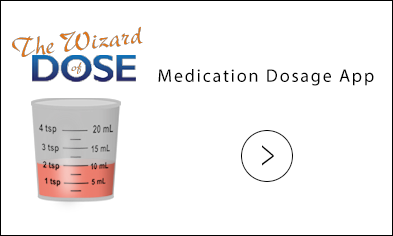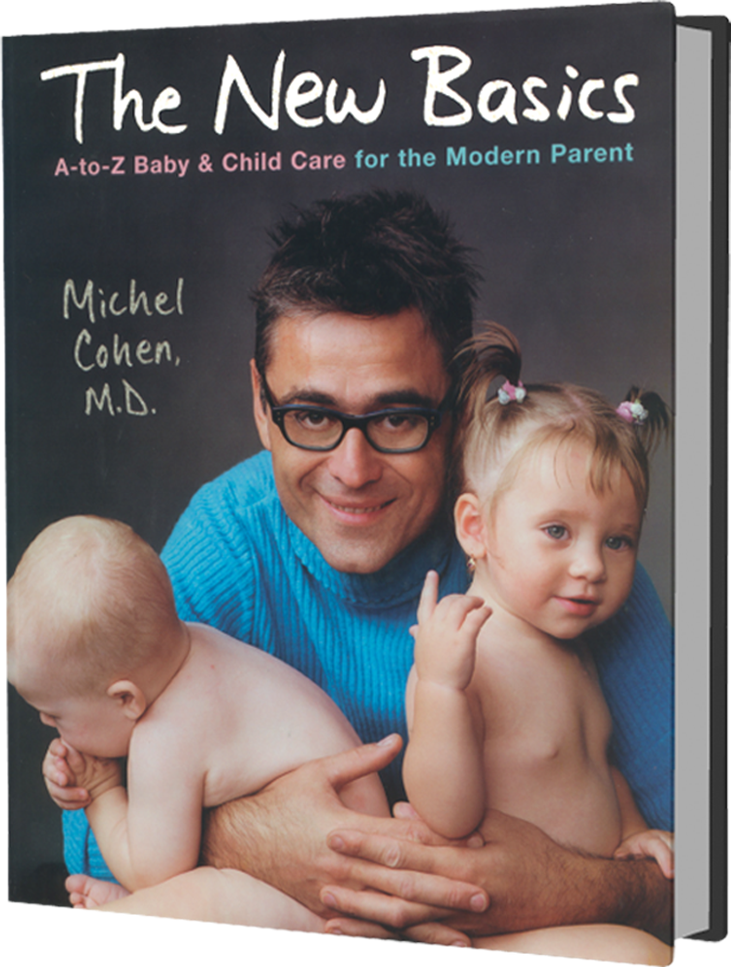
Breast Feeding (Part 1)
It’s a . . . it’s a . . . GIRL!” Lucy gulps her first breath. By her third one, she already has your nipple in her mouth. You know that nursing right after birth will increase your chances of breast feeding without a hitch. The first day, under the nurse’s strict supervision, you wake her up to feed every three hours on the nose, ten minutes on each breast, and you pump your breasts in between to increase your colostrum production. But it’s not going as you expected. Lucy couldn’t care less about the three-hour schedule. She wakes up when she wants to, sucks a little, and then falls asleep. At times she squirms or cries inconsolably and is unable to latch on to your breast. Finally, you tempt her with the forbidden fruit: a bottle of formula, which she gulps down ravenously, to your dismay. The nurse suggests you try the transverse position, and your husband suggests the football hold. But nothing makes a difference.
A lactation specialist is summoned. She diagnoses Lucy as a lazy feeder and illustrates with her own tongue how Lucy’s is pointing the wrong way. She recommends sucking exercises and feeding Lucy colostrum from a cup to avoid formula dependency or nipple confusion. In the end, you’re both confused, and the whole experience of breast feeding begins to look like a disastrous choice.
A long, long time ago, nobody talked about breast feeding. People just did it instinctively. And guess what? Miraculously, it worked. In today’s world, however, where every aspect of parenting is placed under a microscope, breast feeding has become more of a science. With its renewed popularity has come abundant data and misinformation as well as cautionary tales about everything that could possibly go wrong. Instead of reassuring you, all of this information can create unrealistic expectations and unnecessary apprehensions. But breast feeding won’t work well if you’re too skittish, and the less it works, the more anxious you’ll be.
In this chapter I outline what you can expect at every stage of your nursing career. I also attempt to debunk all the nursing myths that could undermine your confidence and your pleasure. Breast feeding is simple and straightforward. Just go with the flow and follow your instincts. After the first couple of days, once you and your baby have gotten used to each other, it’ll feel like you’ve been doing it all your life.
The First Few Days
Immediately after birth, Lucy is quite awake. She scans her new surroundings, bewildered, overstimulated, and seeking comfort. If you offer her your nipple, she’ll take to it primarily for comfort and will be pleasantly surprised by a little bonus called colostrum, a white substance that tastes surprisingly good. Lucy logs the experience into her fledgling memory and falls asleep. The next time she wakes up she remembers vaguely what to do.
When this initial surge of adrenaline tapers off, Lucy dozes, making only occasional peeps. In her half-awake state, she continues to seek out the breast again, more for comfort than for food. The fact is, a newborn just doesn’t need to eat much initially. In the first few days she’ll wake up erratically, with no consistent pattern: sometimes asleep for hours, sometimes awake for hours, sometimes waking and sleeping every ten minutes. Whatever her rhythm, just keep her next to you and follow her lead. Doze when she does. Wake up when she does, and feed her when she seems interested.
Whenever Lucy is up and wants comfort,* put her at the breast in the position that seems the most comfortable to you. Her sucking will gradually become stronger and her pattern a little more regular, and your production will follow suit.
Don’t feed at set intervals.* Waking her up interferes with her natural cycle and will generate frustration for both of you. I can’t count how many mothers I’ve seen who became discouraged and stopped nursing because they were told to feed according to a rigid pattern and then found their newborn wasn’t interested.
Don’t feed for a mandatory length of time. Lucy could stay a full hour or let go after a few minutes; let her determine which.
Don’t insist on feeding Lucy from both breasts if she falls asleep after one. As a matter of fact, she’s unlikely to be awake enough for both at first.
Don’t pump milk to stimulate your breasts. It’s tiring enough to have one baby, let alone a second electronic one. Lucy is a much more efficient pump.
Don’t be obsessed with positioning; you will naturally find the one that is most comfortable.
Avoid supplementing with a bottle. Although one bottle here and there is not a big deal, the artificial nipple is so much easier that Lucy won’t make the effort at your breast if she gets the choice too often.
If Lucy takes to the breast a few times a day, latches on, and sucks a little here and there, then you’re doing it right. Swallowing motions are nice to look at, but sometimes not that obvious. The amount of waste she generates is irrelevant at this stage. The stools are still the product of what was in her stomach before eating, and urine is very scant, because Lucy has little fluid to spare.
What if I don’t feel anything happening when the baby is at my breast?
Colostrum does not flow as freely as the milk that you will soon be able to feel, along with the “letdown” sensation in your breasts that everyone talks about. Just be patient.
Why don’t I get much when I pump?
You can’t gauge your milk production by what you can pump. Lucy is much more efficient than the pump.
How do I know Lucy isn’t starving?
To tell you the truth, Lucy probably is hungry, but for the moment she has other problems to deal with, such as recovering from the physical and emotional trauma of birth. But nature is clever: This nutritious substance called colostrum is the perfect nutrient for someone who’s hungry and groggy at the same time and whose stomach can only handle so much. To reassure you, when babies are on formula and the food supply is unlimited, anything more than a couple of ounces comes right back up.
Why does it hurt?
Simply because it does. It’s not your technique. It’s not Lucy’s technique. That’s just the way it is. Anyone who tells you anything else is misleading you. This is sensitive tissue she’s sucking on, and it will take about a week to get tougher. Find the position that seems the most comfortable and try to breathe through the pain. Apply a little pressure to the back of Lucy’s head so that her mouth covers more of the areola and less of the tip. Also, in between feedings, leave your breast out as much as possible; air is good for healing, and the nipple won’t become further irritated by the friction of your shirt or bra. Some mothers have more sensitive nipples than others, and their comfort comes more slowly.
I don’t recommend breast shields; they are cumbersome, increase your awareness of the pain, and only delay the moment when your breasts get tougher. By the way, preparing your breasts during pregnancy with daily rubbing, as some of the books suggest, is pointlessly masochistic and won’t prevent the pain.
What if Lucy cries like she’s hungry but pushes the breast away?
Stop feeding and try again a few minutes later. Your flow may be too strong at first, or she may be too excited. After a few attempts, if she’s still pushing the breast away, the message is clear. She’s not hungry right now. You’ll have to get used to the fact that Lucy can cry for reasons other than the desire to nurse. If you take it too personally, you’ll become anxious and develop a latching problem, and then Lucy could reject the nipple out of frustration, even when she is hungry. I truly believe a newborn can sense tension.
When can I use a pacifier?
Whenever you wish. This does not interfere with nursing; nothing comes out of it, and Lucy knows that.
Am I going to be able to breast-feed with inverted nipples?
If you place your pinky in Lucy’s mouth, you can feel right away how strong the suction is. She can revert nipples of any shape. Similarly, the size of your breast itself has nothing to do with your ability to breast-feed; the milk comes from mammary glands, not from the fat around the glands.
How about if I had breast surgery?
Except for some specific breast reductions performed years ago, plastic surgery should not affect the gland. Give it your best try.
Can I nurse even though I had a C-section?
Most mothers who have had a C-section are able to nurse perfectly well, although the pain can make it a little more uncomfortable. General and epidural anesthesia as well as post-delivery painkillers (even morphine derivatives) are not a problem while nursing.
Can I nurse if I have a fever?
A post-delivery fever or the flu should not prevent you from nursing, even if you’re on an antibiotic. Most of them are safe while nursing.




 MEDICATION DOSAGE
MEDICATION DOSAGE

